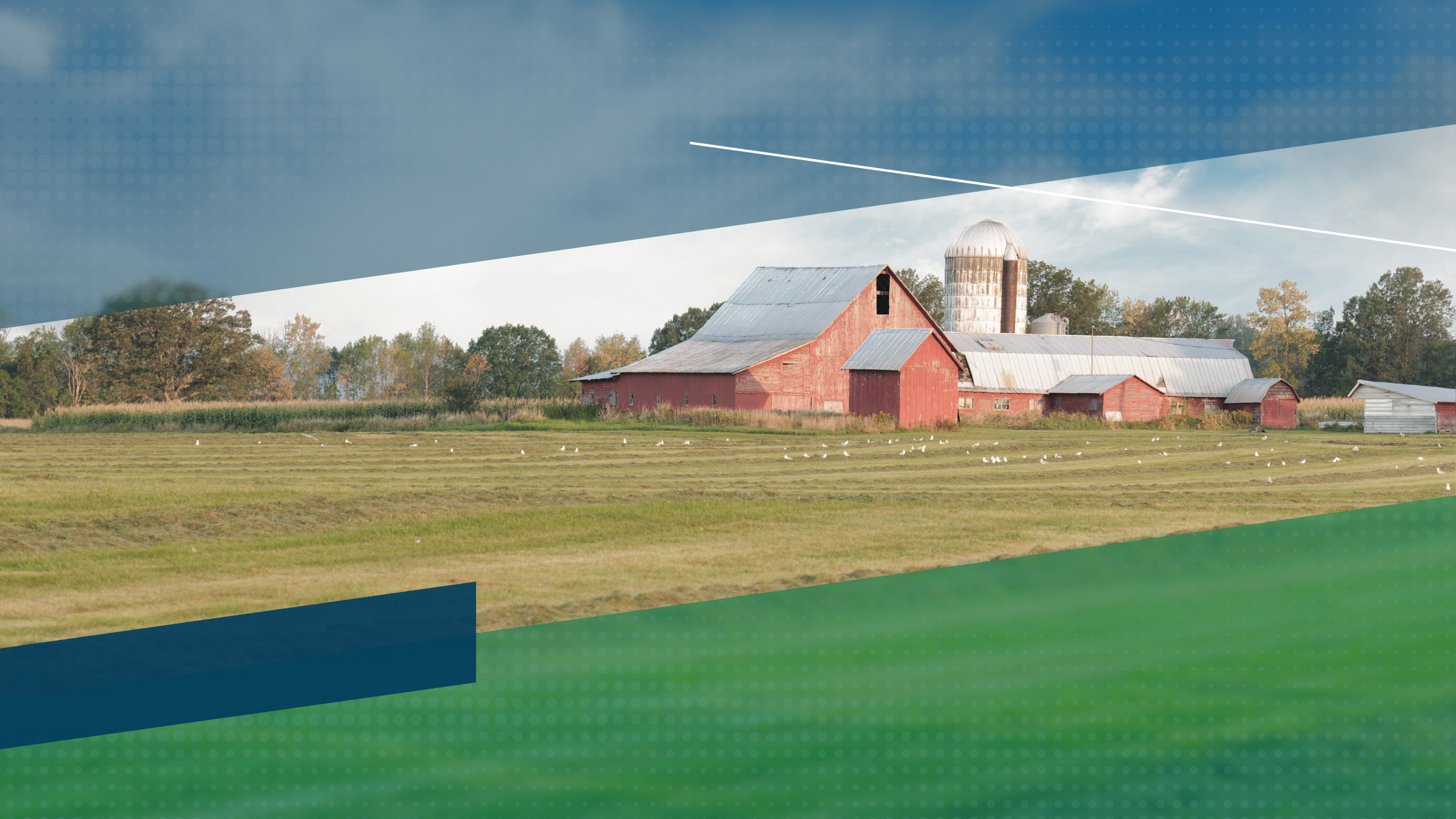“Net income is decreasing,” commented a North Dakota lender in response to the Minneapolis Fed’s first-quarter (April 2006) agricultural credit conditions survey. Respondents indicated decreased farm income, while capital purchases and household spending held steady. Farmland values have increased slightly during the quarter. Demand for loans increased as farmers cope with “higher fertilizer, higher fuel and higher interest rates” according to another North Dakota lender. The outlook for the second quarter of 2006 is negative, as farm profits are expected to continue to decrease. “We anticipate the 2006-2007 operating year to continue to bring higher input costs,” reported a banker from South Dakota. Respondents from Wisconsin were the most pessimistic.
Farm income, household spending and capital investment
Farm income slowed during the first quarter of 2006, with 37 percent of the lenders reporting lower farm income in the first quarter and only 25 percent indicating higher income. Strong yields from the 2005 harvest were reported in a number of areas in the district; however, “depressed prices and increasing input costs” contributed heavily to the net income decline, according to a South Dakota banker. Despite lower farm income, both capital investment and household spending have remained stable. Throughout the district, 57 percent of lenders noted no change in capital investment. An even split occurred, with 23 percent of lenders indicating higher capital spending and 22 percent indicating lower capital spending. Household spending also was stable, with 62 percent of respondents reporting no change. This is especially true in Minnesota, with 70 percent of respondents reporting no change in capital investment and 70 percent also reporting no change in household spending.

Source: Federal Reserve Bank of Minneapolis
Loan repayments and renewals
Although farm income is slipping, loan repayments continued to remain stable. A Minnesota banker noted, “Most farmers met their required payments.” First quarter data for the district show that 67 percent of lenders reported no change on the repayment rate of loans; however, 20 percent reported lower rates of repayment. Renewals of loans also remained consistent, with 68 percent of lenders indicating no change.
Demand for loans, required collateral and interest rates
The demand for loans increased slightly throughout the district, as 34 percent of lenders reported increases. Because of higher input costs and lower prices, one South Dakota banker reported that “borrowers [are] asking for more operating money.” Interest rates increased during the first quarter, raising the cost of borrowing relative to the fourth quarter by about 25 basis points for variable-rate loans and 10 basis points for fixed-rate loans. Collateral requirements did not change much, and no respondents indicated that loans were refused due to a shortage of funds.Land values
Land value growth has slowed during the first quarter of 2006. Banks in the district reported a 6 percent increase in nonirrigated farmland prices from a year ago, a 5 percent increase in irrigated land prices and a 9 percent increase in the price of ranchland. A banker from Minnesota concluded, “Farmland values appear to have topped and stabilized.” In the district, nonfarm investors continued to buy farmland. One South Dakota banker said, “All tracts of real estate are being purchased by outside investors (nonfarm)” even as land value growth slows. (Note: Land prices can vary significantly, not only from state to state, but also from parcel to parcel. For more detailed information on agricultural prices, see the Minnesota Land Economics Web site.)
Outlook
The outlook for 2006 is negative throughout the district, as 39 percent of lenders expect net farm income to decrease. This pessimism is due mostly to high production costs, such as “the continued [increased] costs of inputs, fuel, chemicals and machinery repairs,” according to a South Dakota banker. With milk prices down from their lofty highs, respondents in Wisconsin’s dairy country forecast a particularly gloomy outlook, with 80 percent of bankers indicating decreases in farm income. Throughout the district, respondents anticipate household and capital spending to continue to slow. Also, bankers predict demand for loans and renewals to increase during the second quarter of 2006, while collateral rates remain constant.
Appendices: State Fact Sheet | State Fact Sheet-Outlook





